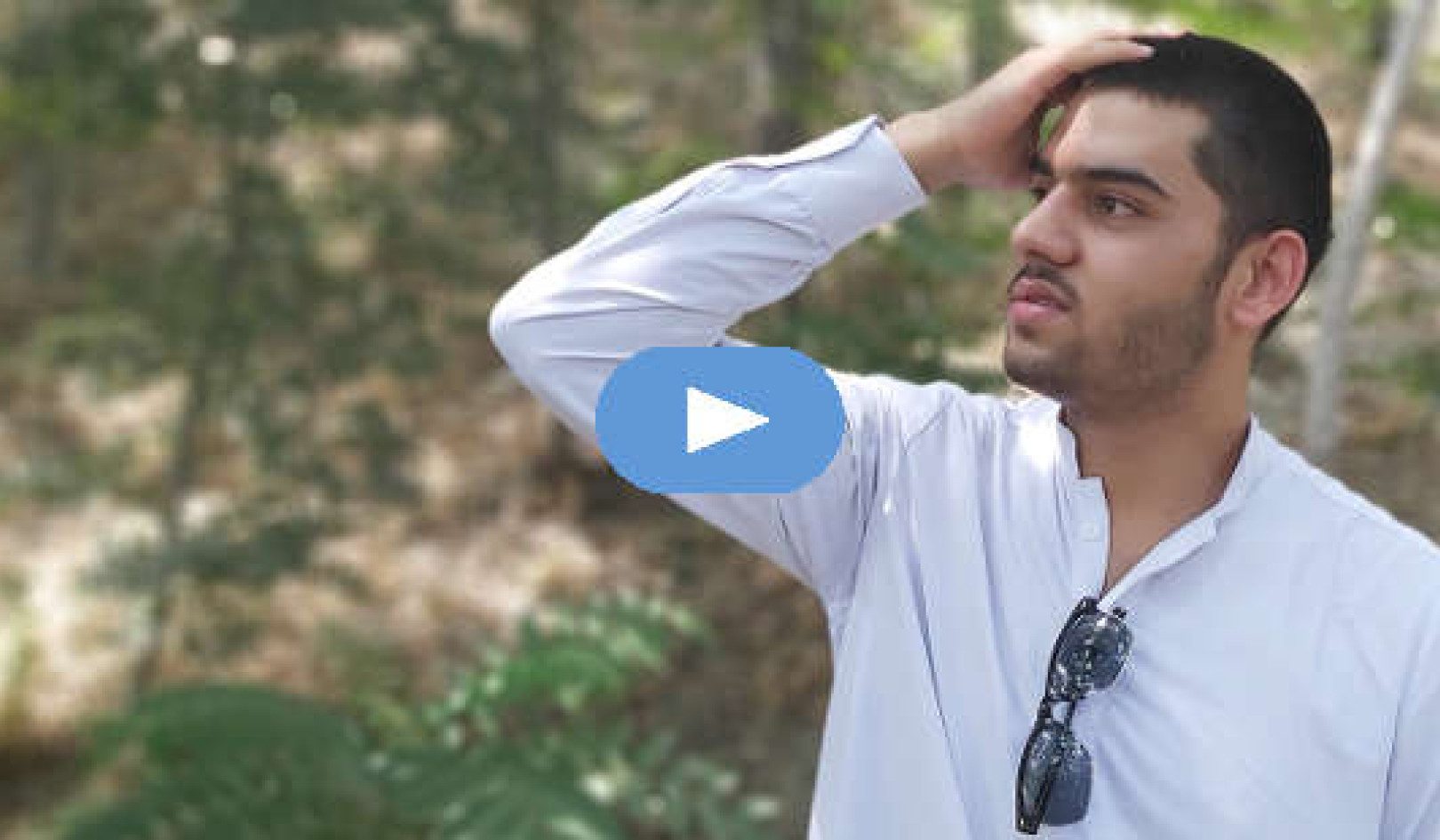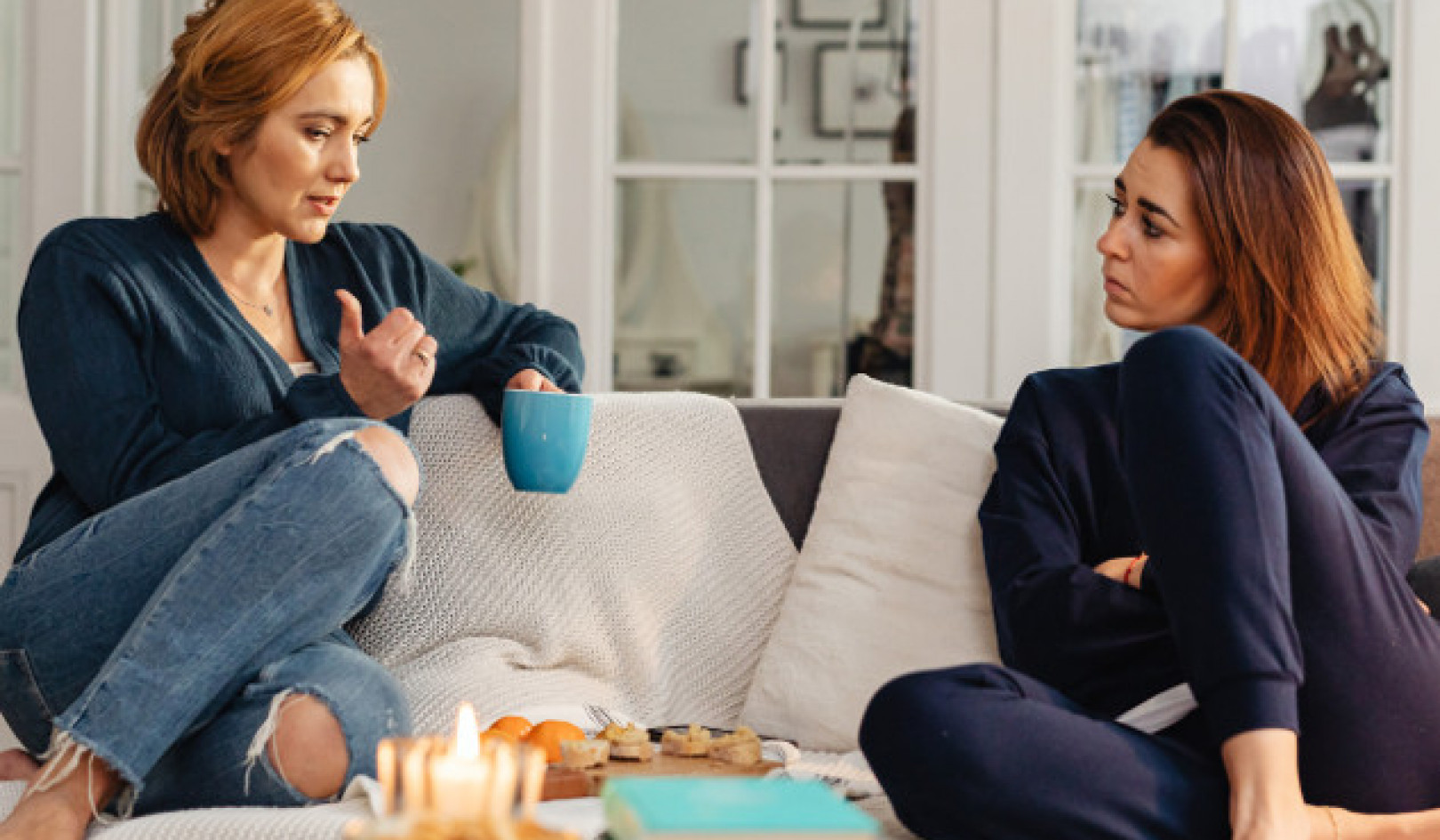 Extreme anxiety is debilitating. Porschelinn
Extreme anxiety is debilitating. Porschelinn
Anxiety is a common experience. It is entirely normal to feel anxious in certain circumstances or when imagining possible misfortunes. However, for some people it gets out of hand and severely affects their lives; and a useful, normal emotion becomes pathological.
We were offered a rare public glimpse into how far this can go in Channel 4’s Bedlam, a documentary following patients in a specialist anxiety unit in the Bethlem Royal Hospital in south London, which treats some of the UK’s most extreme cases. We met the reclusive Helen, who had an irrational fear that she would put strangers into bins, and James, whose obsessive compulsive disorder meant he was often unable to leave the toilet for hours and had intrusive thoughts that left him petrified he would become the thing he hated most, a paedophile.
The anxiety disorders label covers a whole host of clinical disorders that are separate diagnoses but come under the same family because basic anxiety is common to them all. Particularity well known categories include generalised anxiety disorder, where people feel anxious about a wide range of things, obsessive compulsive disorder and phobias.
Intrusive thoughts
A common feature between disorders is intrusive thoughts, which seem unavoidable and cause the sufferer a great deal of distress. It could be thinking about the possibility of a loved one dying, the idea they may have harmed someone else or that they may be in some way an evil person. These can also reflect wider social fears; in the case of James it was paedophilia, but as the head of the Bethlem unit pointed out, in the 1980s fears about HIV/AIDS might have been more common.
My own research has focused for more than 10 years on the consequences of trying to avoid certain thoughts and emotions that you don’t want to have. In collaboration with the late Daniel Wegner, we showed that the very attempt to avoid an unwanted thought strengthens its hold over you, and you begin to experience the thought more and more in a phenomenon called the rebound effect.
More recent work has shown this can affect your behaviour too. So for example, if an individual is anxious about their smoking and tries not to think about it in an effort to quit, it’s more likely to cause them to think about smoking more and actually smoke more. In the words of Danaan Parry: “That which we resist, persists”.
Phobias
Phobias are also part of the anxiety disorders family. Most people know what it is like to experience fear, perhaps of an upcoming exam or from an experience like being mugged. It’s a basic emotion experienced when an organism is threatened, causing it to flee or fight the threat. In short, it’s a useful mechanism for survival. But a phobia, a more intense and lasting fear of things that may seem entirely innocuous to you and me, can be debilitating. The most unusual phobia I came across was a fear of shoelaces.
Anxiety disorders are partly inherited and partly learned and can be caused by possible early traumas. In all cases they are exacerbated by thought and behaviour like avoidance.
More simple phobias or fears are often learned; a mother may transmit her fear of spiders into her children, for example. However, with more complicated multifaceted phobias, such as social phobias, it’s more difficult to identify specific causes and it’s likely to be partly learned, partly inherited, and partly because of physical changes in brain chemistry.
And people can have a number of anxiety problems at the same time, such as a mix of phobia and OCD.
Help
One key element of treatment programmes for anxiety is to enable the individual to reduce their active resistance to intrusive thoughts. This could be done in a number of ways, but cognitive behavioural therapies are one of the main treatments. These may start by normalising the thoughts, for example it is common for individuals to feel that they are a terrible person because they are the only person who thinks that way in the world but they will be surprised to find out that most people experience similar thoughts at times.
Many available treatments are based on accepting thoughts rather than pushing them away. Another strategy is to question the thoughts and beliefs the patient has using the yardstick of evidence. The basic principle is about testing the thoughts against reality. Other more behavioural treatments focus on not avoiding fears, so if someone avoids certain environments because it makes them anxious, it’s critical that they experience those environments (with support) to realise that what they fear isn’t actually happening.
For phobias, another common technique is systematic desensitisation, where the person is slowly exposed to the feared object in a gentle way.
Drug such as antidepressants can also be effective in treating anxiety disorders but the combination of drugs and psychological therapy works best depending on the severity of the disorder.
But whatever approach, and as the Channel 4 Bedlam documentary showed, there is help out there, even for the most extreme of cases.![]()
About The Author
James Erskine, Senior Lecturer in Psychology and Behavioural Medicine, St George's, University of London
This article is republished from The Conversation under a Creative Commons license. Read the original article.
Related Books
at InnerSelf Market and Amazon























